
5 minute read
AIMEE JONES, IN THE FIELD
I consider myself lucky to say that I have visited the island of Madagascar twice. Having spent a total of 12 weeks in the North West taking part in Operation Wallacea, gaining a greater understanding of Uroplatus, the leaf-tailed geckos.
Operation Wallacea helps students conduct research for university projects around the world. Anyone can join expeditions as research assistants to help with the collection of field data. This helps support conservation efforts and contribute to responsible ecotourism. Seeing the sights of regions such as Nosy Be, Andasibe or Ankarafantsika is a life changing opportunity.
Advertisement
Operation Wallacea
Madagascar is subject to a biodiversity crisis; with as much as 90% of the original forest cover of the island already lost. Clearance for agricultural land is the biggest driving factor, driven by population growth. The primary type of agriculture that takes place in rural Madagascar is known as tavy, a slashand-burn process which is extremally destructive for any animals and native plants that live there. These burning cycles take place to increase soil quality to produce higher yield crops.
Moreover, forests are burned to make charcoal, which is sold by locals, and space must be made for cattle. Animals – herpetofauna especially – are still collected and exported for the pet trade, despite a crackdown in 2019. What were once dense forests have since become extremely fragmented in most regions, which poses problems for remaining populations of native animals which become isolated or simply cannot thrive due to the loss of ideal habitat. ‘Edge effects’ around fragmented forest patches change the microclimate, which for ectothermic reptiles and amphibians can have a huge impact. Where environmental conditions are concerned, global warming also brings about harsher dry seasons and more frequent and destructive cyclones, impacting animals and people alike each year.
My Project
I managed to win an entrance scholarship award when I began university, and this ultimately funded a lot of the trip and made it possible. In my first trip back in 2018 I had chosen to work on the niche sharing between three species of Uroplatus, also known as the leaf tailed gecko that are endemic to the North West of Madagascar. These cryptic geckos are truly special reptiles with a unique appearance. The three species in the area that formed part of my studies were U. ebenaui, U. guentheri, and U. henkeli. It goes without saying that I saw a plethora of other amazing animals as well, from all taxa. I slept in tents and hammocks beneath lemurs, saw Nile crocodiles while out on a boat alongside mangroves and saw a critically endangered fish eagle on my final day. An estimated one hundred breeding pairs of these birds remain in the wild.
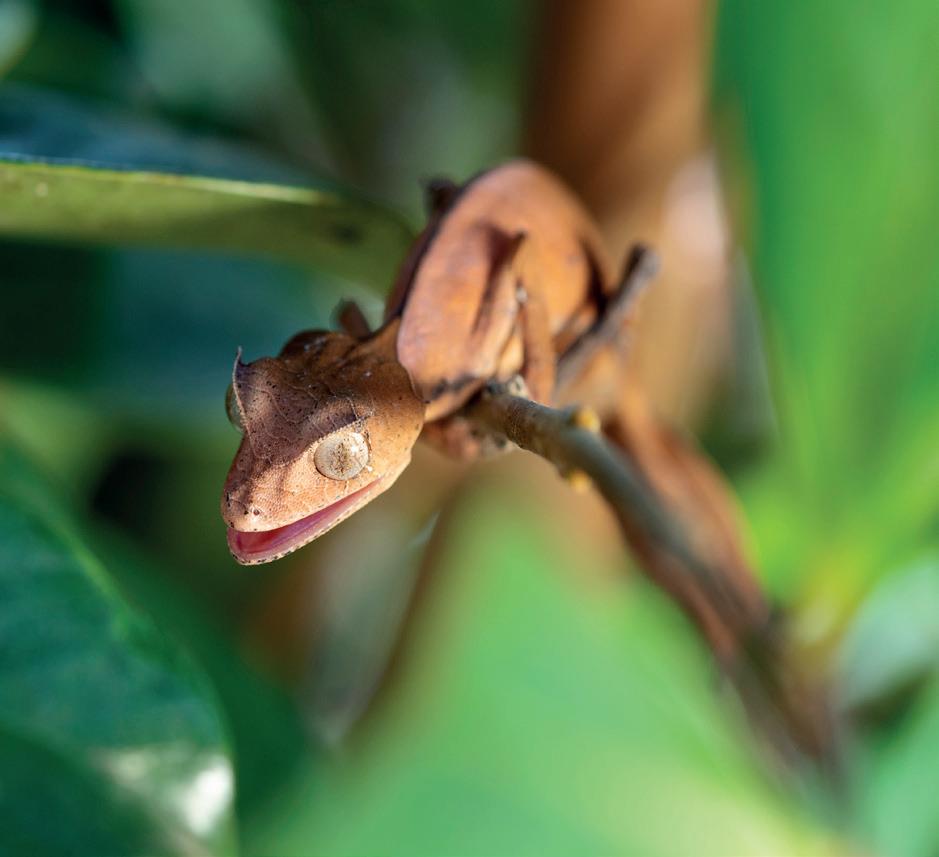
Surveys for the leaf-tailed geckos were taken at night. Being nocturnal animals, It is rare to find these masters of camouflage during the day – although my first U. henkeli was brought into camp by the botanical team who accidentally knocked one out of a tree in the middle of the day.
I saw my first Günther’s leaf tailed gecko during the first night at the base camp survey site – on a fence just outside of camp, of all places. Upon finding an individual for the survey, I measured the temperature of the gecko’s skin and that of its perch, as well as the humidity in the area. The gecko would be caught – sometimes peacefully and sometimes with a lot of biting – and put in a cloth bag to take back to camp. The precise location it was taken from was flagged with marking tape and the GPS coordinates were recorded for mapping and environmental measurements.
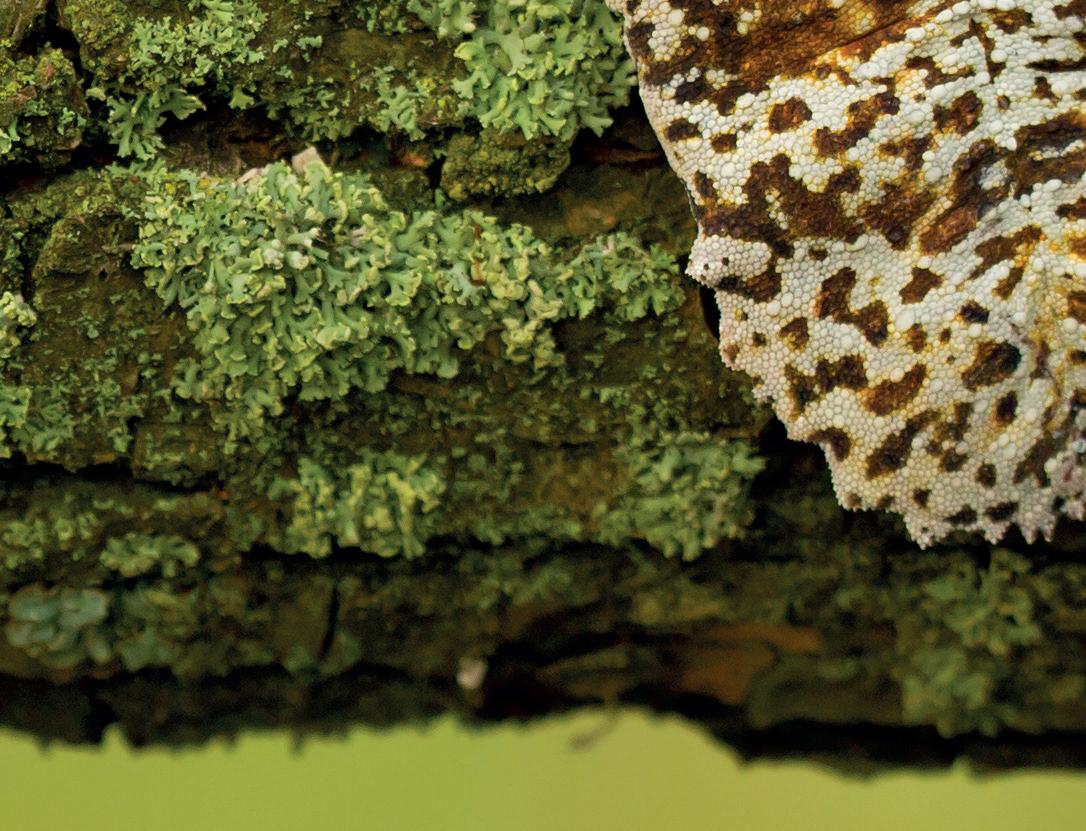
Morphometric (body dimension) measurements were taken the next day in camp. I wanted to look closely at the length of the forearms in relation to the characteristics of the trees or other types of structures the geckos were found on during surveys, to see if there was a relationship between the two factors.
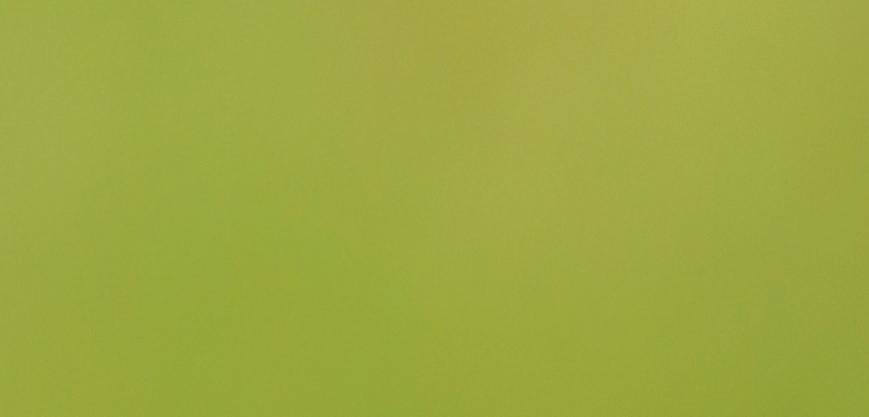

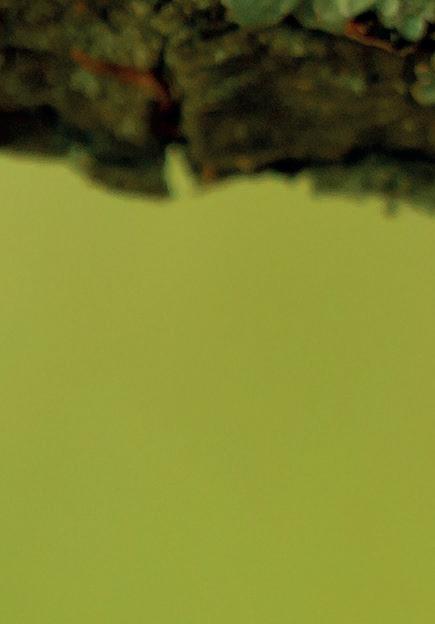
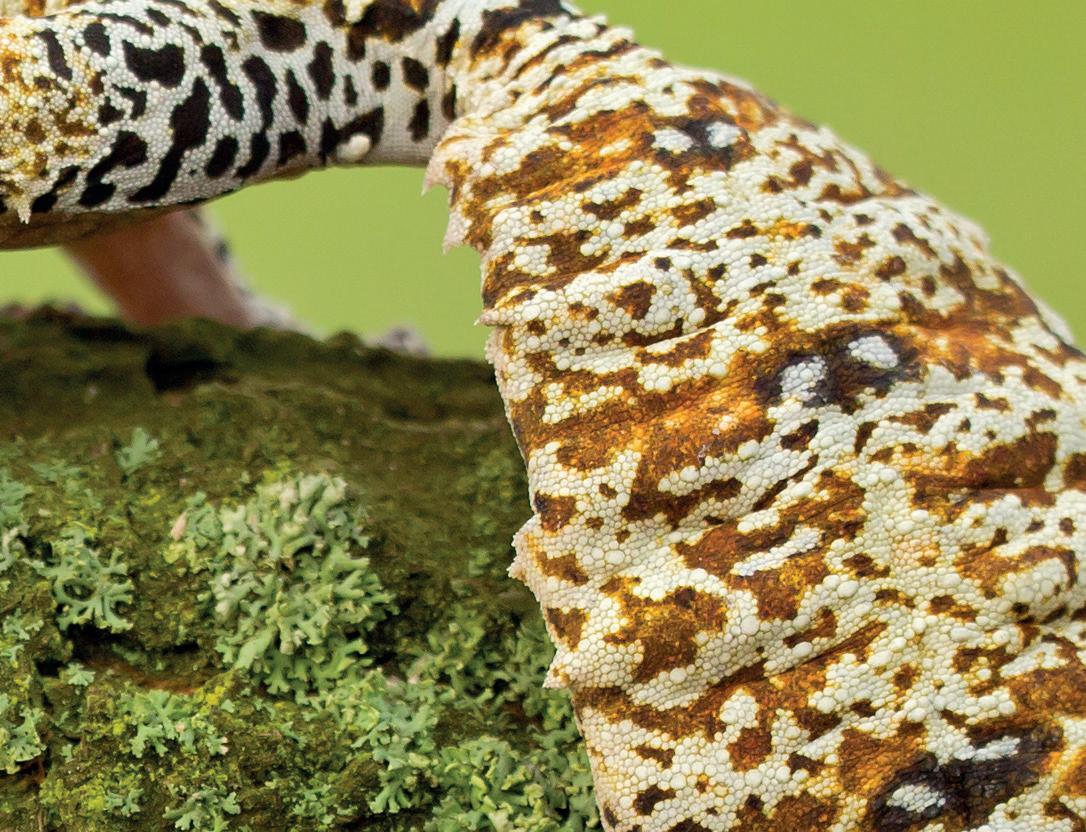
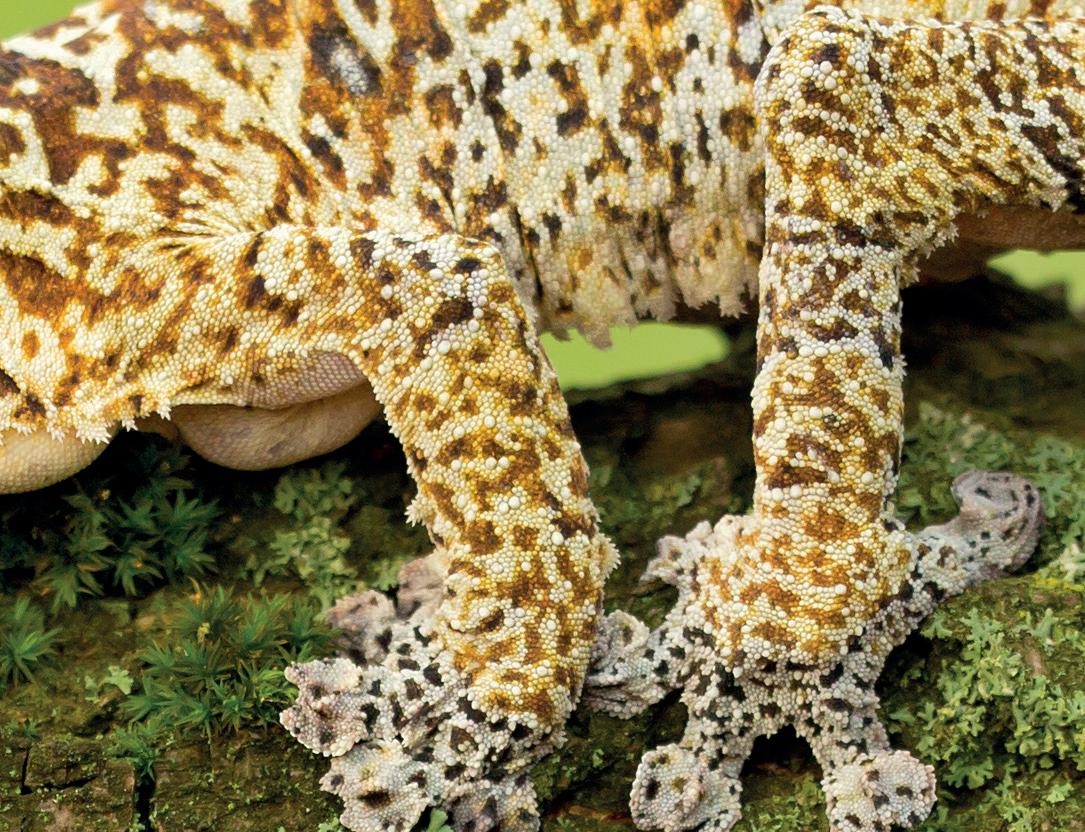
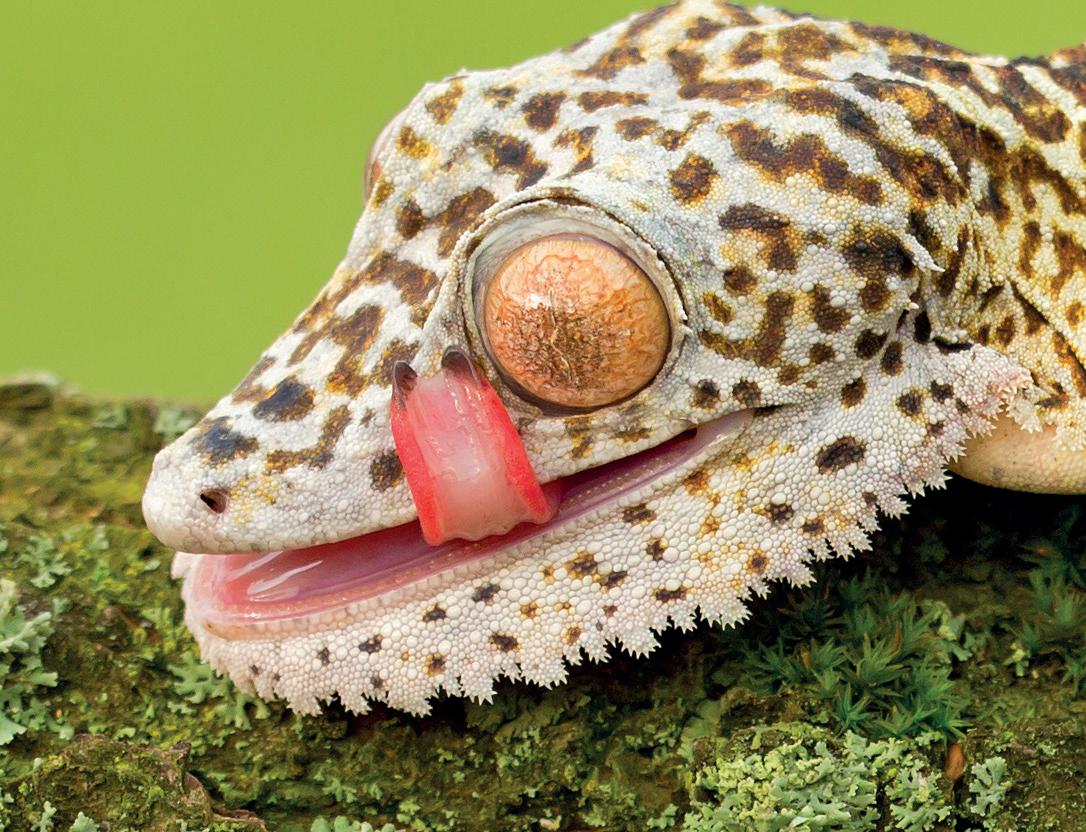

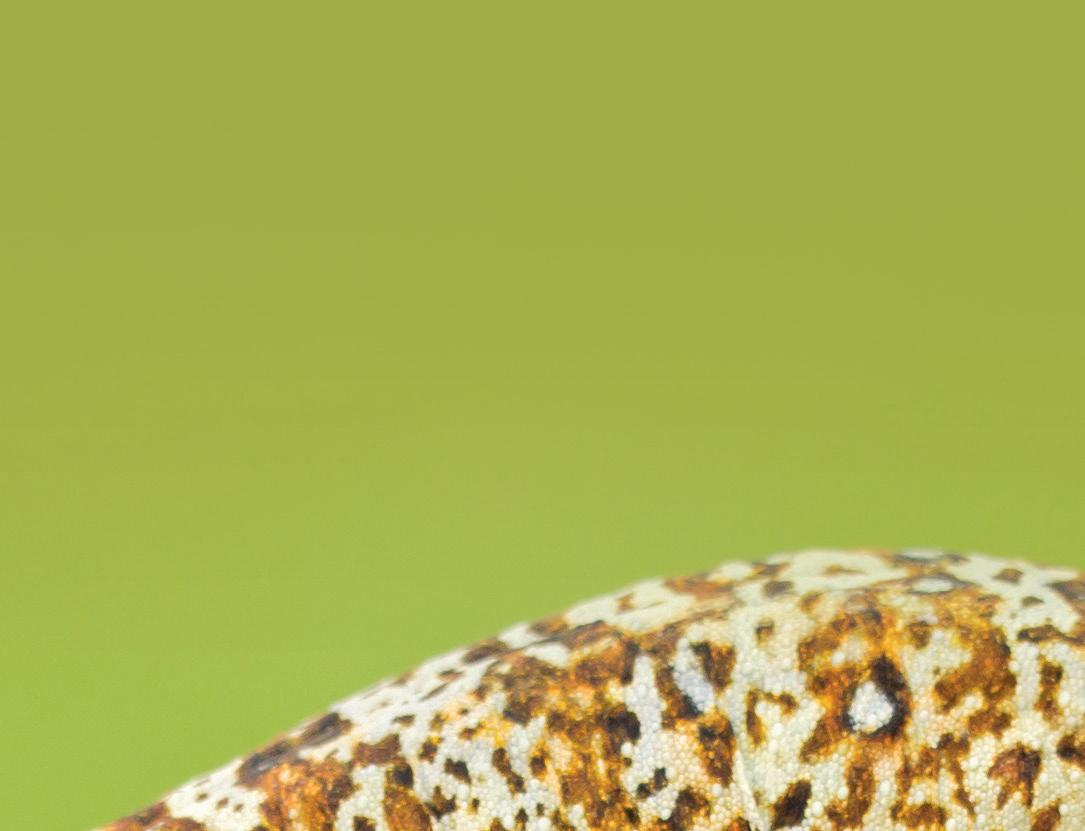

Survey Results
Of the 33 leaf-tails i recorded, only 2 were U.henkeli. These large geckos were definitely the most elusive. At night they spend time perched in a pose similar to a horseshoe shape; ready to leap from tree to tree or onto any invertebrate prey. They have particularly long hindlegs which do a good job propelling them when they leap, and double toe pads to make the landing.
They stay hidden in the day by using their fringed skin to break up their outline and can even adjust the light and dark contrast of their skin colour using a similar mechanism to chameleons. I saw a juvenile U. henkeli during a night survey on my second trip which has to be up there in my favourite herpetological experiences. I thought it was a U. guentheri until I picked it up. Seeing a young gecko (which to my delight looks like a baby dragon) is extra special due to the hope it brings - suggesting U. henkeli in the area are still reproducing at some rate.
Ultimately, 33 individuals is a small sample size when it comes to statistics. Sadly, the sites are only accessible in the dry season due to weather conditions and summer holiday schedules. Herpetofauna surveys are often dozens of times more bountiful in the wet season. The niche modelling suggested sensitivity of all three species to edge effects (distance from the edge of a forest), leaf area index (canopy density) and nearby anthropogenic structures (roads and villages).
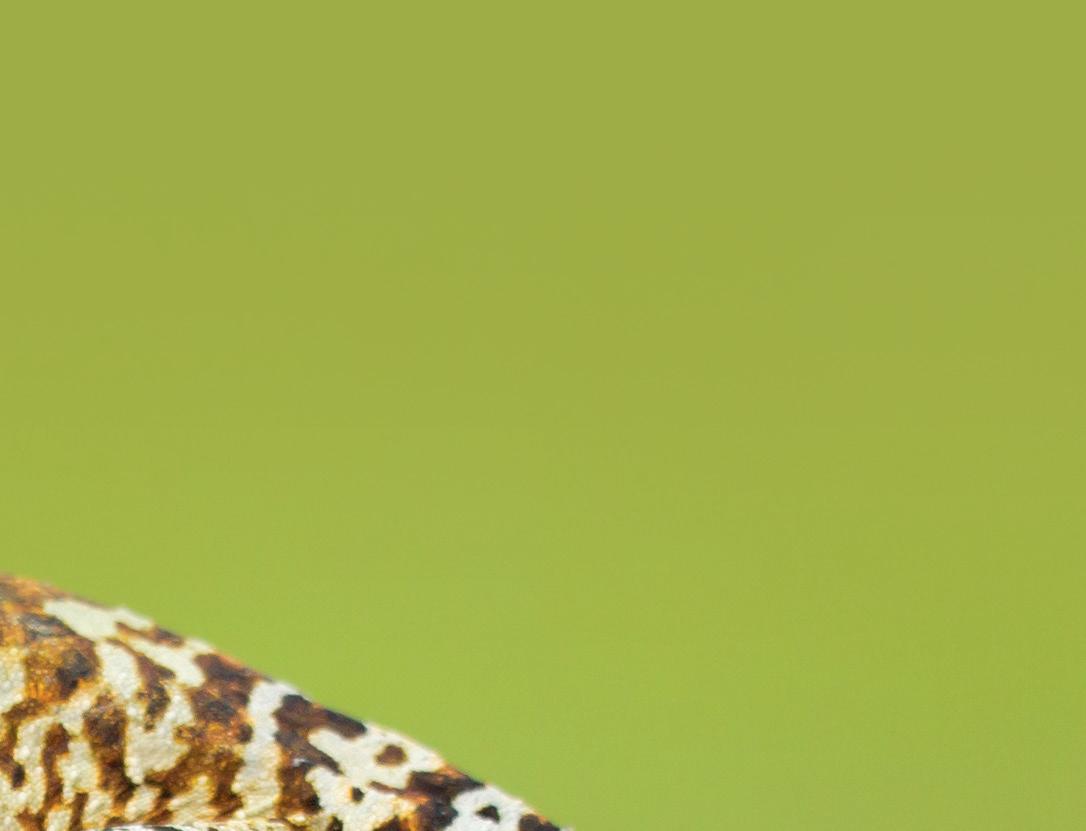
Habitat suitability modelling used in my study showed few areas that would be able to support all three species within the same larger environment. This is an important consideration for conservation. By collaborating with Operation Wallacea, the local people can help to protect the remaining forest fragments for the benefit of both themselves and the animals that live there.
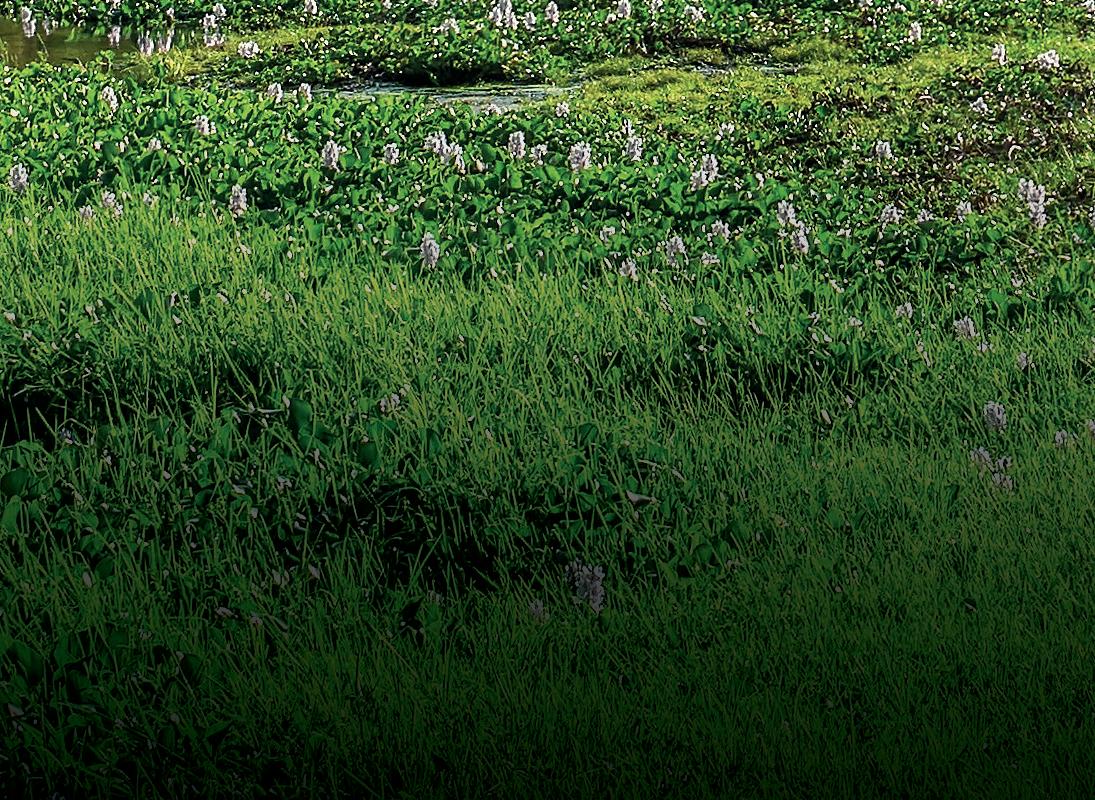
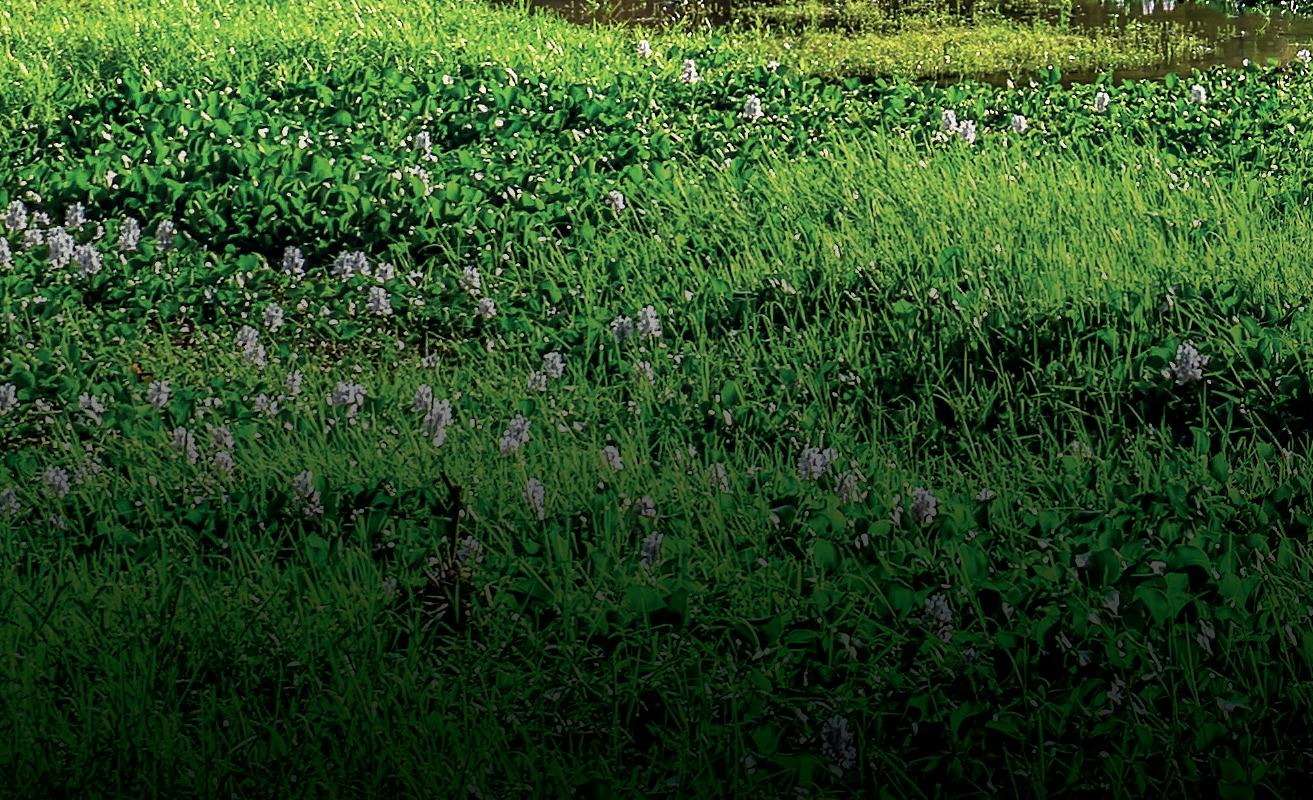
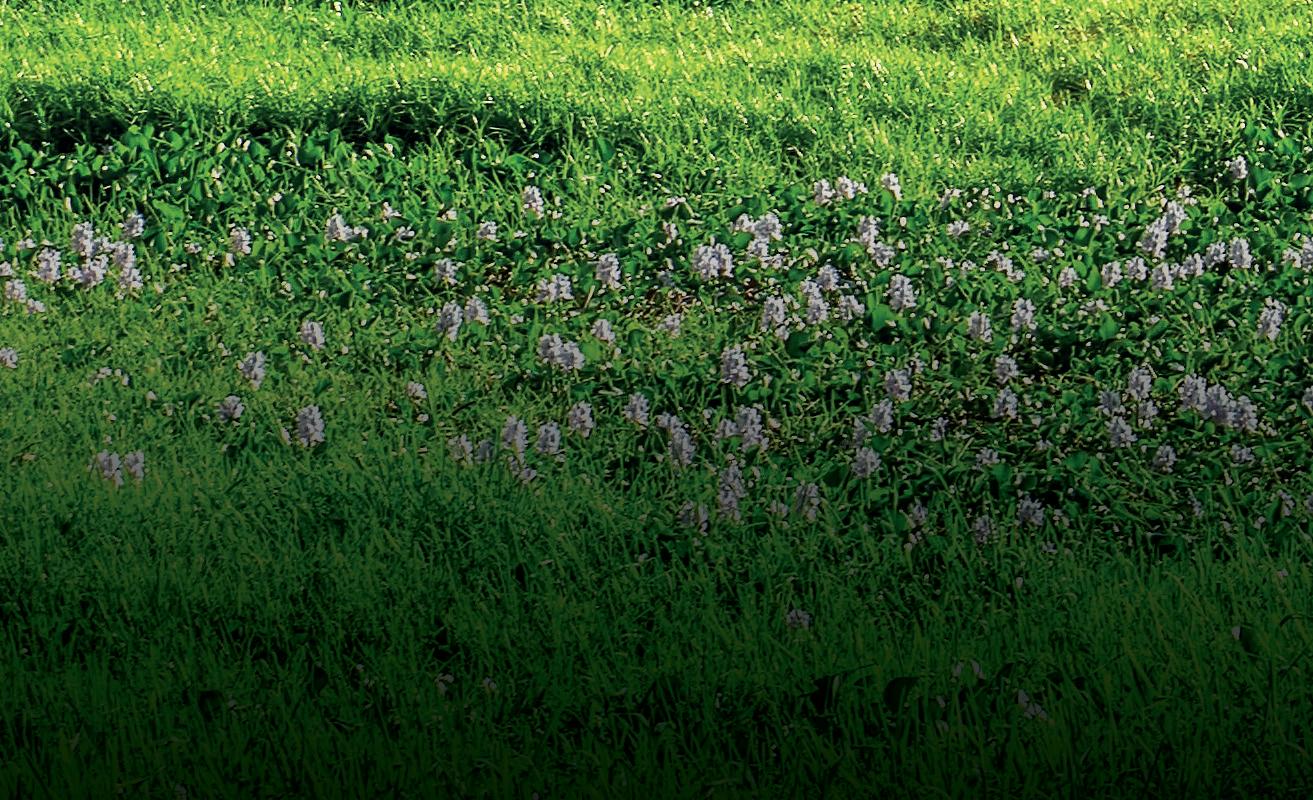
In my experience, I can say that U. ebenaui were found most often in bushes closer to the ground –these bushes had skinny twig branches and leaves of a similar shape to the body shape of small Uroplatus species. U. guentheri, being the middle size of the three, seemed to overlap by ranging from the ground, all the way to unreachable heights in the canopy. It’s difficult to make generalisations for U. henkeli, but the ones I personally saw were found on the thicker trunks, which makes sense to accommodate their size, method of camouflage and jumping capabilities.
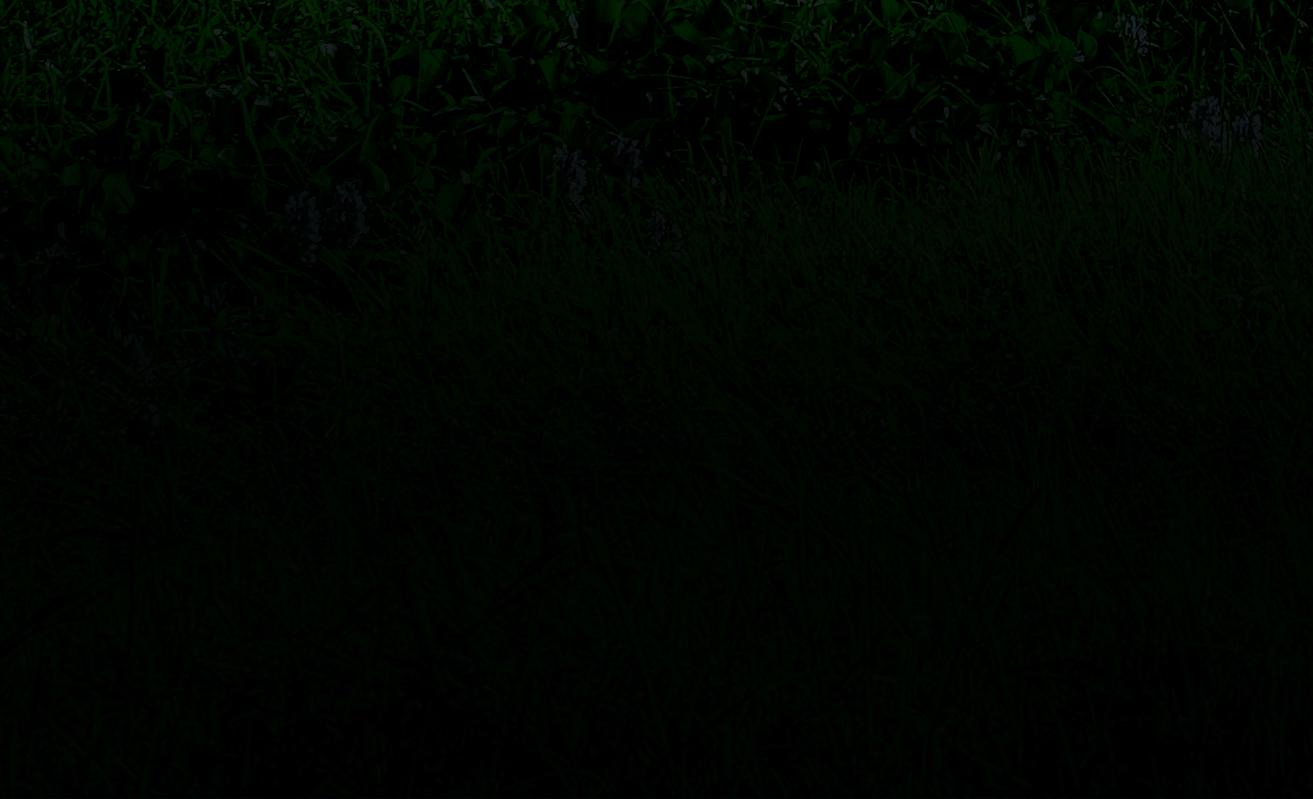
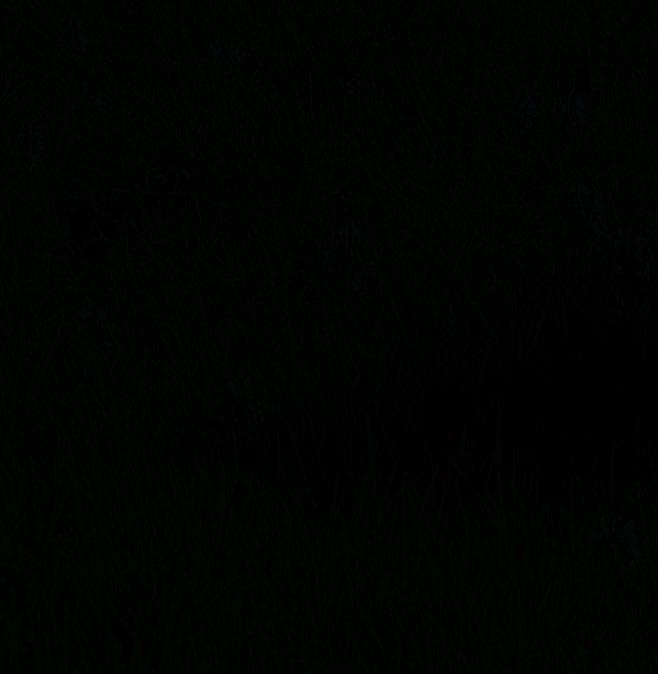


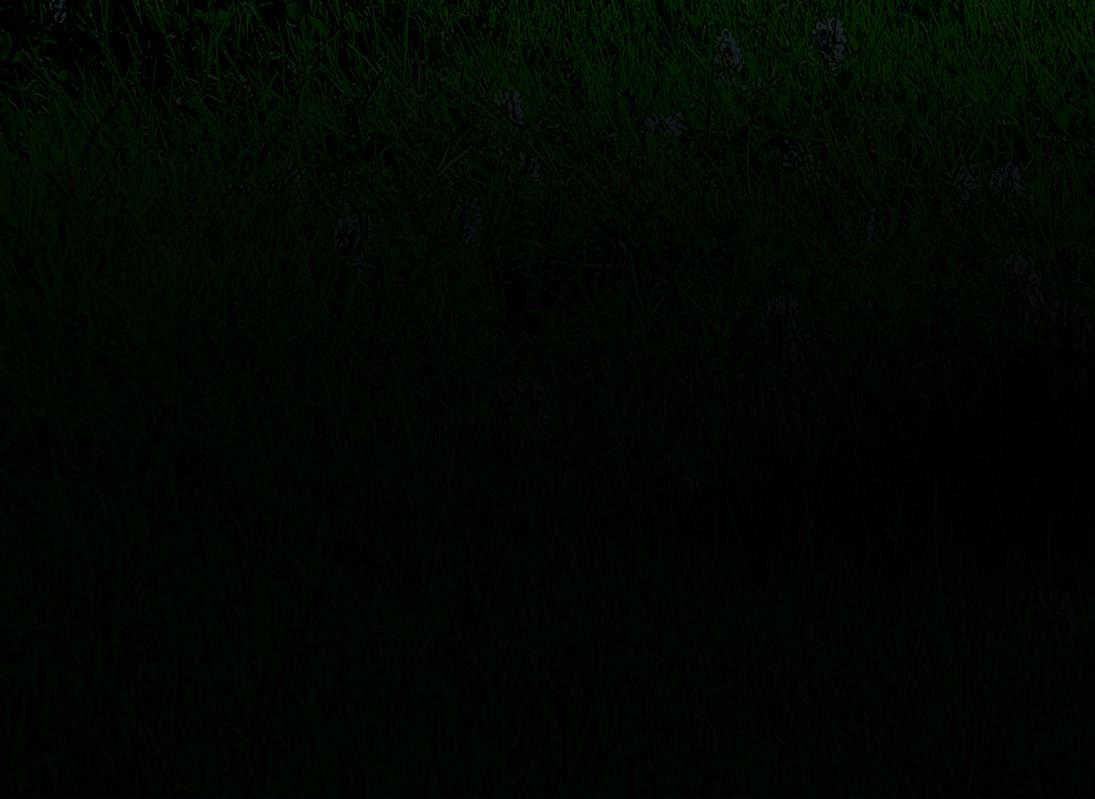

Exotics Keeping
Uroplatus are well established in the pet trade. I always see this as a double-edged sword. Illegal trafficking and habitat destruction pose a threat, but in the right hands, captive populations preserve them while habitats are fragile.
Experienced keepers in the hobby already have the husbandry for Uroplatus well laid out, with many successful breeders producing healthy leaf-tails year after year. If I were to make any suggestions for the species I worked on, it would be to provide dense foliage areas, particularly for the smaller U. ebenaui. It would be sensible to assume that plenty of opportunities to hide will help them to feel more comfortable in their environment. For the larger U. henkeli, a surface to accommodate the torsoflattening would be good. Cork bark, I imagine, is a great way to provide this. These animals are also fairly active nocturnally, so branches to climb over and hunt their food should prove to be stimulating. The forest floor in situ was most often a sandy soil with a generous layer of leaf litter on top. As is now recommended for all reptiles and amphibians, don’t skip the UVB. Uroplatus are known to rest in the daytime in partially sunny patches or even direct sunlight for short periods. Ferguson Zone 1 lighting is the current recommendation.
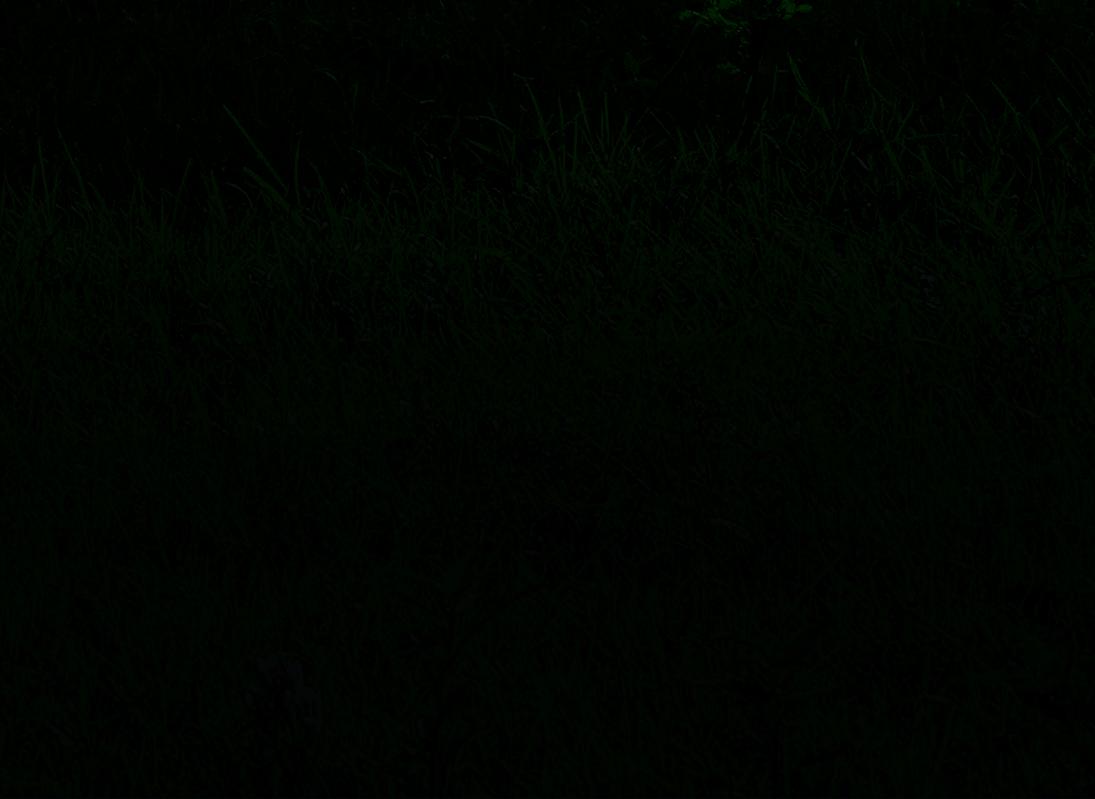
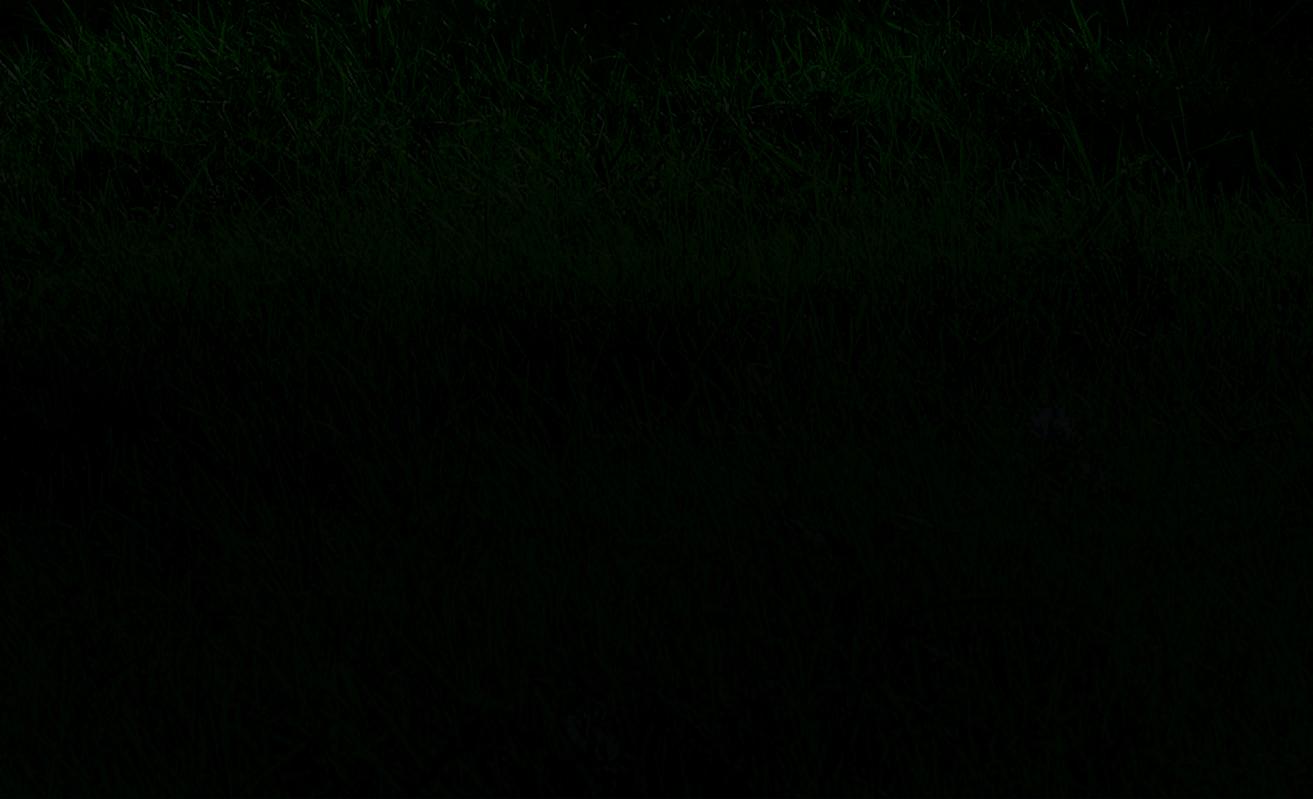
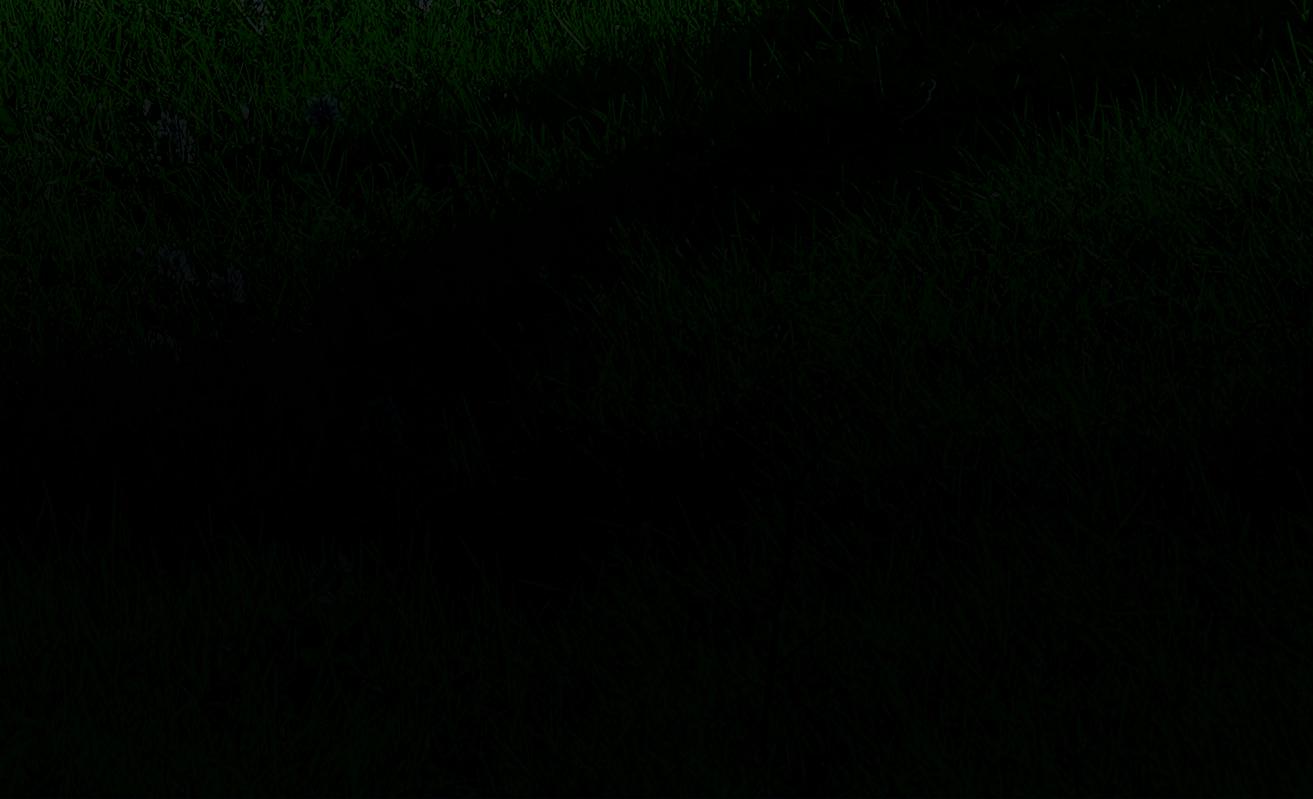
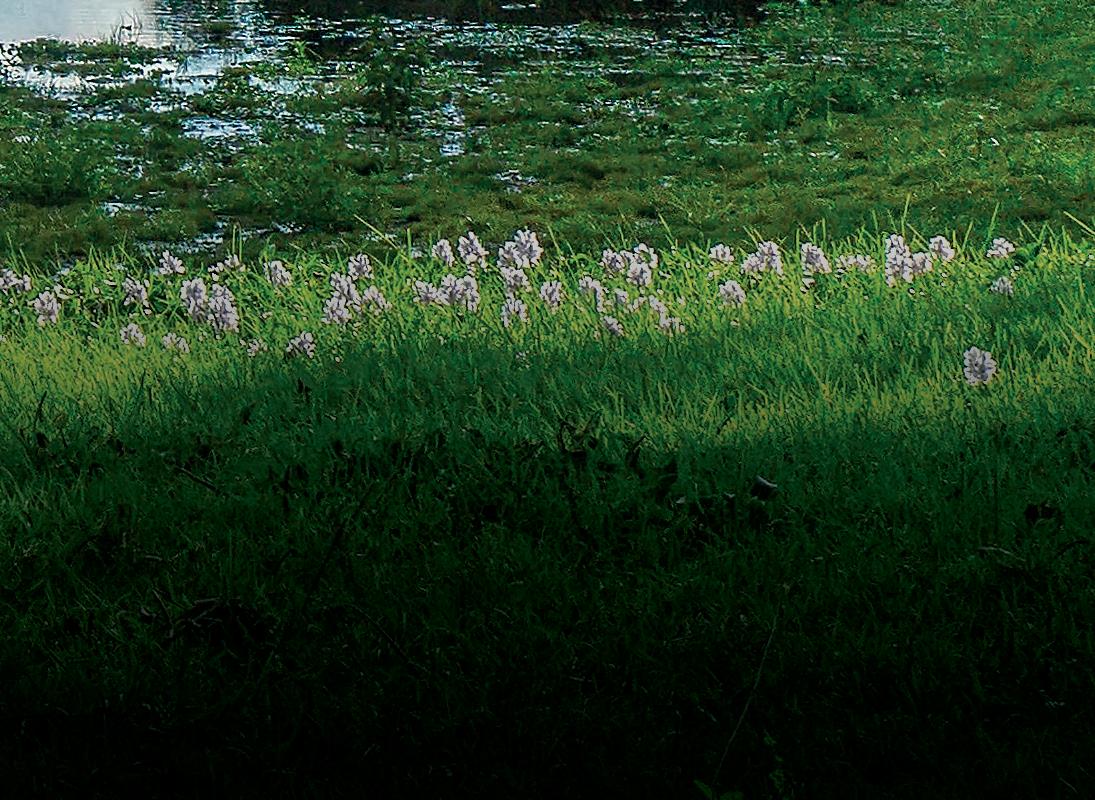
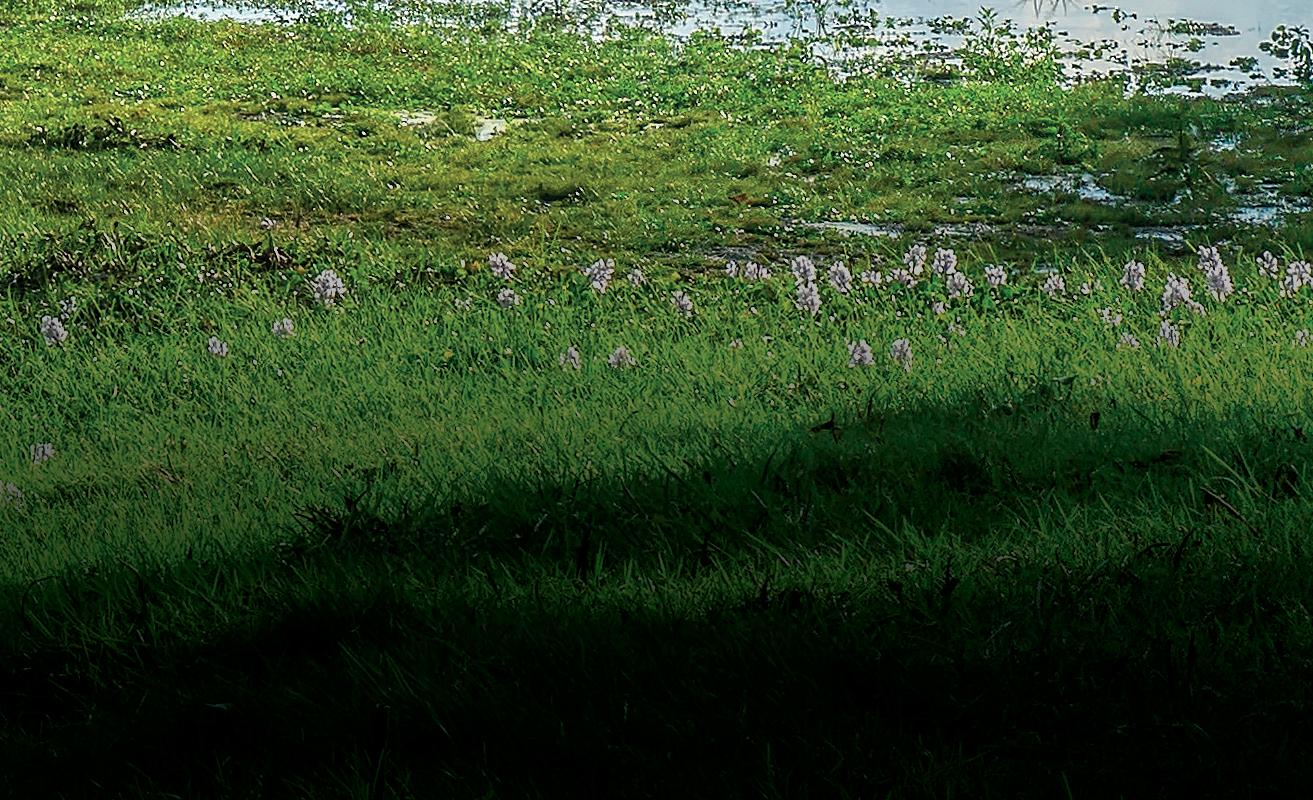
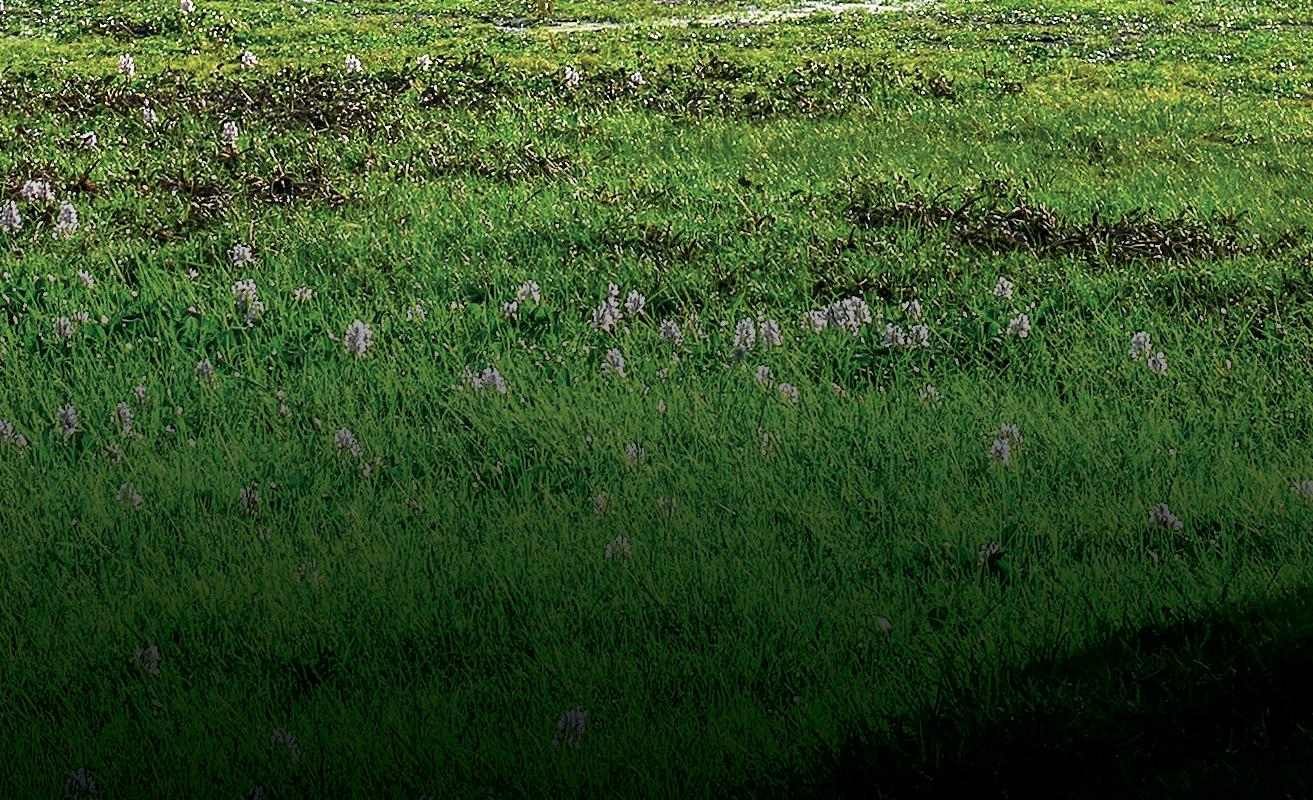
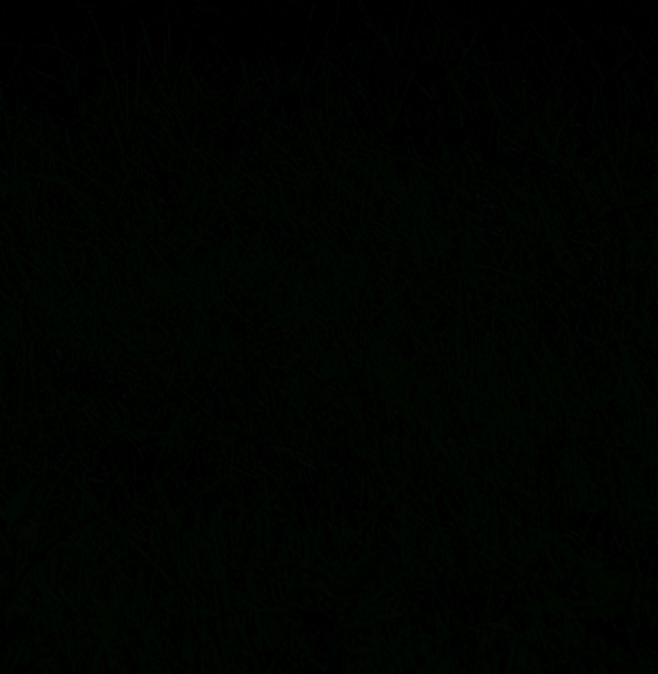
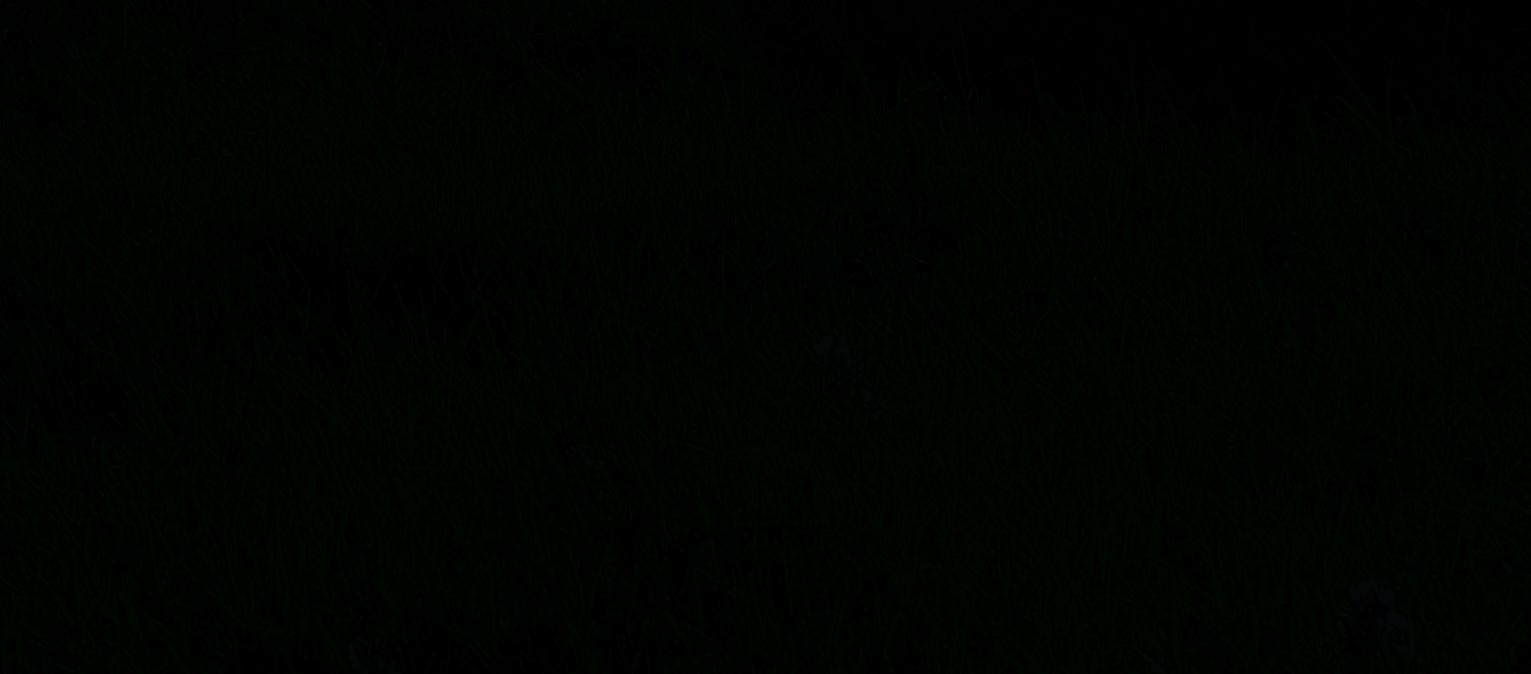
I really could fawn over these fantastic geckos all day – they’ve stuck to a special place in my heart. I feel lucky every time I reminisce about both of my trips. It is bittersweet to wonder about their continued survival in their natural habitats, which is where captive populations are a blessing. I can’t deny that I would love to keep some myself. Two new Uroplatus species were officially described just recently –U. fivehy and U. fangorn, bringing the new total to 21 species.










